’21 Musical Chairs, Round I
Ford Motor Company and Geely Auto Group welcome new creative custodians.
Stefan Sielaff, Geely & Anthony Lo, Ford (image © Bentley/Renault)
As the world seemingly awaits either a return to the old normality or the marked beginning of a new era with bated breath, life at the world’s car makers simply goes on. The future is created on a daily basis, after all. In this mundane sense, both Geely Auto Group and Ford Motor Company were in the process of finding successors for long-serving chief designers over these unusual past few months. This search has now resulted in the hiring of Bentley’s Stefan Sielaff and Renault’s Anthony Lo respectively, who are tasked with guiding each company’s creatives towards that elusive, all-new future.
This new era is at least as eagerly anticipated as it is feared with passive-aggressive dread, both outside and within the automotive industry. Mediating these two opposing stances must be among the biggest challenges faced by today’s car designers (and, arguably, those at any point in time), from both an administrative and creative perspective.
Both these men are somewhat surprising choices for their new posts, for different reasons. Lo, despite being highly respected within the industry, has usually played second fiddle to his superiors, at least in terms of attracting the wider public’s attention. At Renault, where Lo supervised the creation of a number of outstanding concept cars, the limelight remained firmly on Vice President of Corporate Design, Laurens van den Acker. At Saab, it was his superior and eventual predecessor, Michael Mauer, who acted as public face of the design department. This decidedly low profile mustn’t be held against Ford’s incoming Design Vice President, however, In his new role, he will inevitably have to expose himself though, one way or another - particularly at Ford, where a larger-than-life image used to be among the chief designer’s unspoken job requirements.
Given his creative track record, Anthony Lo should be capable of devising a vision with and for his team and hence be able to push Ford design in a substantially progressive direction. The bigger question will be wether existing corporate networks and mindsets will allow him to do so - and, if they don’t, how he chooses to respond. At Saab, with Michael Mauer initially alongside him, Lo helped reinvigorate a moribund and basically obsolete brand with a string of excellent concept cars that were far more than superficial attention grabbing devices. Yet this creative excellence was wasted on GM’s then-management, who couldn’t or wouldn’t grasp the Saab brand’s potential, despite it being exhibited to them in convincing, tangible forms. In not too dissimilar a vein, the excellence of Renault’s Circle of Life concept cars was never properly translated into similarly engrossing production vehicles. On Lo’s and Ford’s behalf, one can but hope that this kind of pattern doesn’t emerge once more.
Unlike Lo, Stefan Sielaff is a known quantity to casual observers of the car design industry. Having acted as first Audi and then Bentley chief designer, Bavarian-born Sielaff could hardly be accused of having actively eschewed the stage. Over the past few years, he cultivated a well-documented tweed-and-moleskin public persona that suggested a particular attachment to his post at Bentley. In addition to this sentimental factor, Sielaff had made a name for himself in the field of sophisticated interior design throughout his career, which again predestined him for his position at a marque that counts a lush ambience among its core values. For these reasons, his joining Geely hence seemed counterintuitive to some.
But Stefan Sielaff’s career path was not quite as straightforward as it might appear at first - a fact that needs to be taken into account when trying to assess his choice to leave a position he seemingly fitted to a t. With the exception of a three years stint at what then was DaimlerChrysler, Sielaff has spent his entire professional career within the Volkswagen AG empire - mostly at Audi. His tenure as Audi chief designer (2006-2012) ended somewhat abruptly when he was put in charge of VAG’s Potsdam design centre (where he took over from Thomas Ingenlath, who’d left for Volvo), before he was assigned the Bentley gig, which had become vacant after Luc Donckerwolke had departed Crewe in the direction of South Korea. Probably enjoyable and certainly adequate though this assignment was, influential it certainly was not.
But after having thus spent five years at Bentley, Stefan Sielaff is finally finding himself in a position where he has to report to no other designer anymore. As Executive Vice President Design at Geely Auto Group, he will oversee the Geely, Geometry, Lynk & Co and Lotus brands’ design departments (not Volvo and Polestar, however, as these are separate entities) - an eclectic mix of old and new names from different continents, aimed at a variety of customers, united by similar creative leeway. If Bentley needed guidance, these various brands require definition - a fresh challenge to Sielaff, that he may exploit to prove he has the vision to match his corporate nous.
As is often the case in the automotive design sector, Anthony Lo’s and Stefan Sielaff’s simultaneous promotions don’t constitute the first time their career paths have crossed. Almost two decades ago, both happened to leave an imprint on the same car: the W221-generation of the Mercedes S-class. Lo, then working at DaimlerChrysler’s studio in Japan, penned the basic exterior design (which was finished by none other than Gorden Wagener), whereas the interior - arguably the finest Mercedes cabin of the decade - was devised during Stefan Sielaff’s brief tenure in charge of interior design at the Swabian car maker.
The W221 S-class is certainly no harbinger of what can be expected from these two men in the future. Moreover, Anthony Lo and Stefan Sielaff are different, even opposite characters in certain regards. Yet they are, once again, united in having to face splendid challenges. How these industry old-hands (being 56 and 59-years-old respectively) nurture young design talent and do their part in drastically reshaping the industry they’ve been part of for more than three decades should make for an intriguing experience.



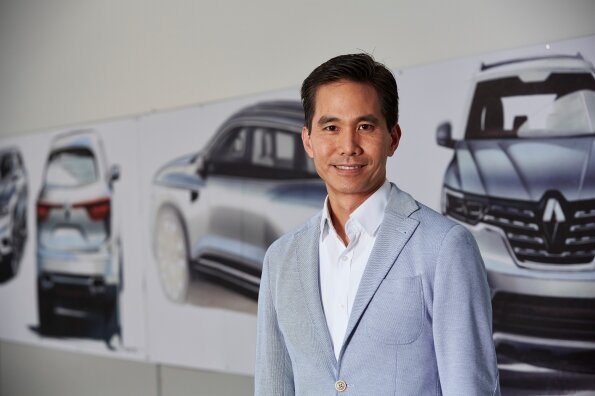


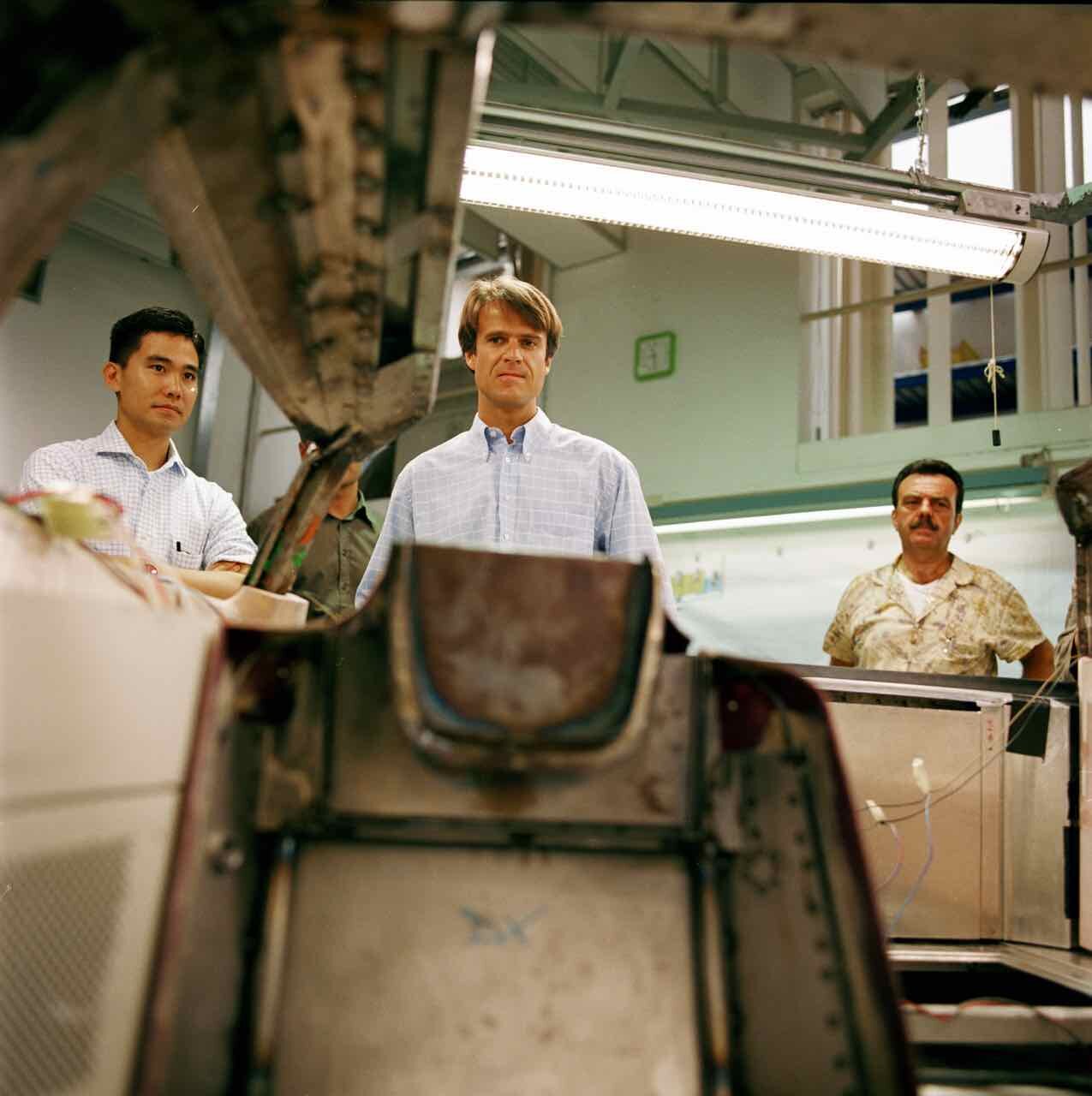
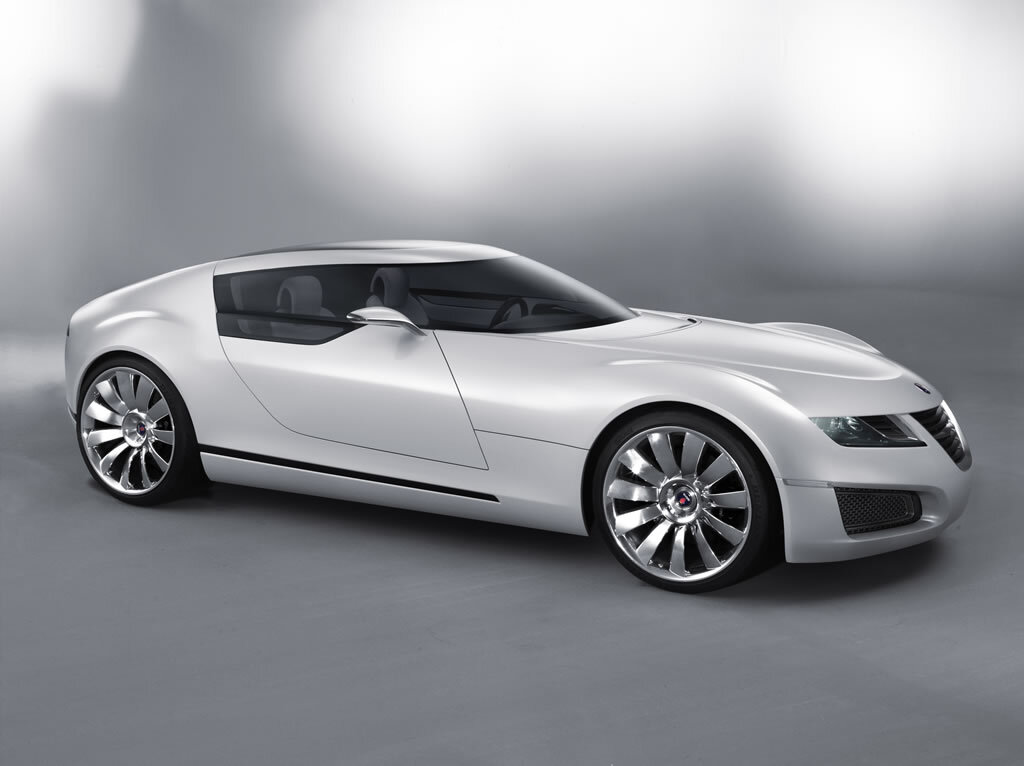



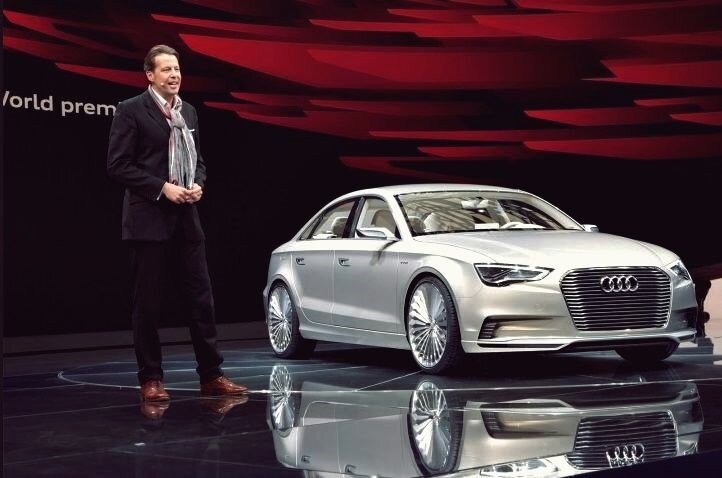
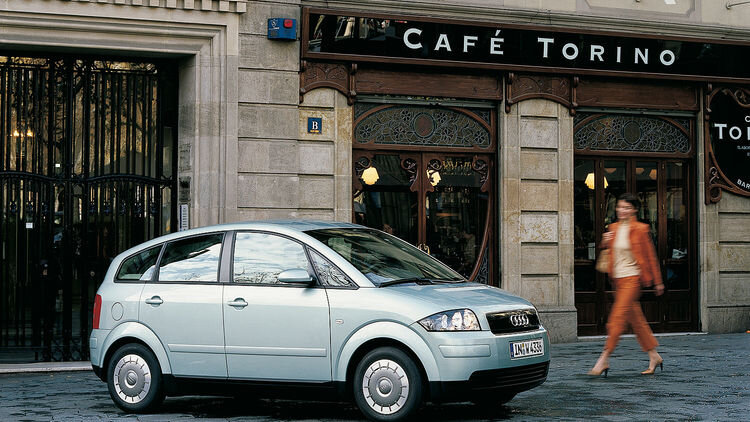




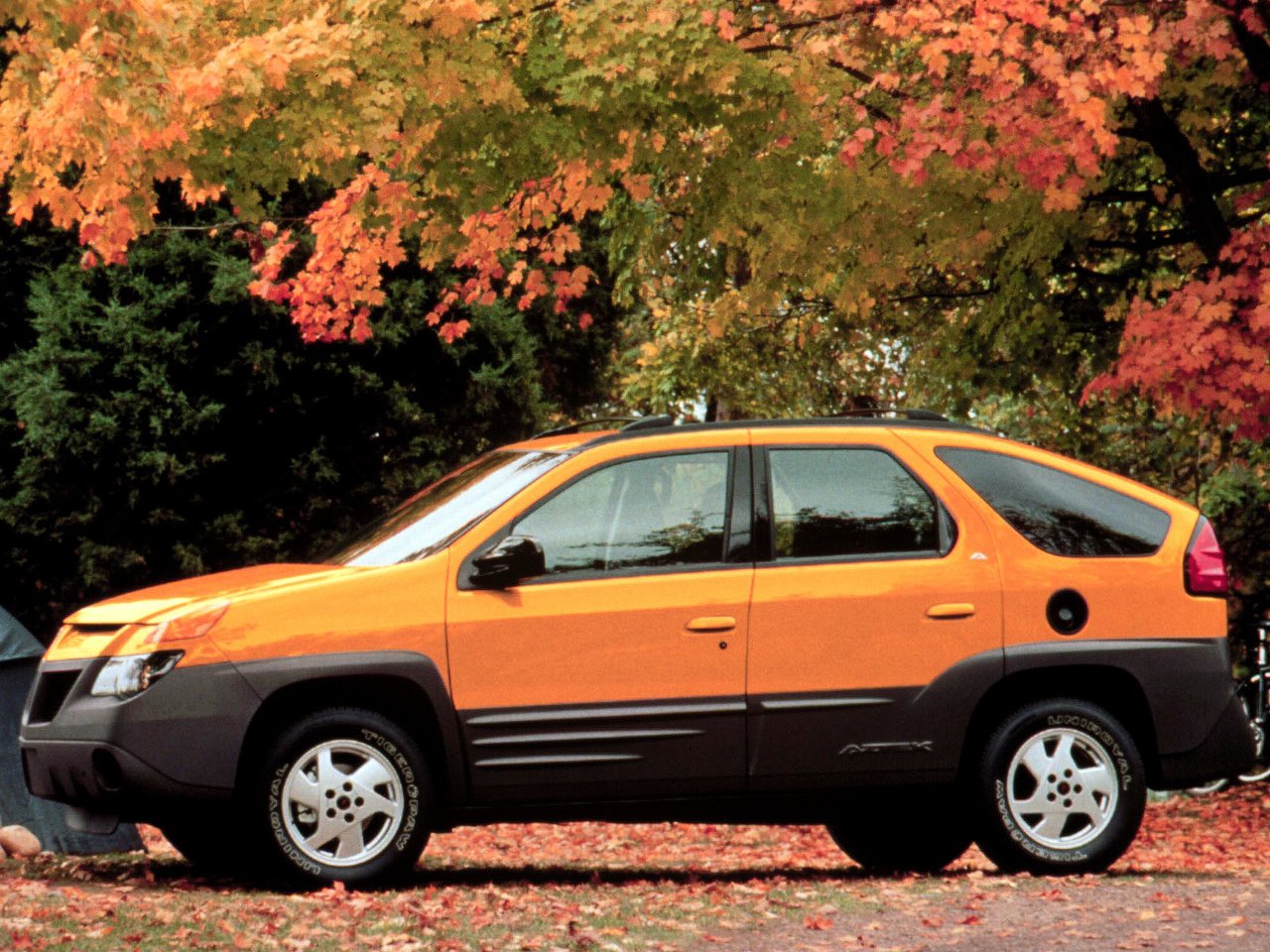







Car interior designer who created some of the most significant cabins of all time, most notably the Porsche 928’s